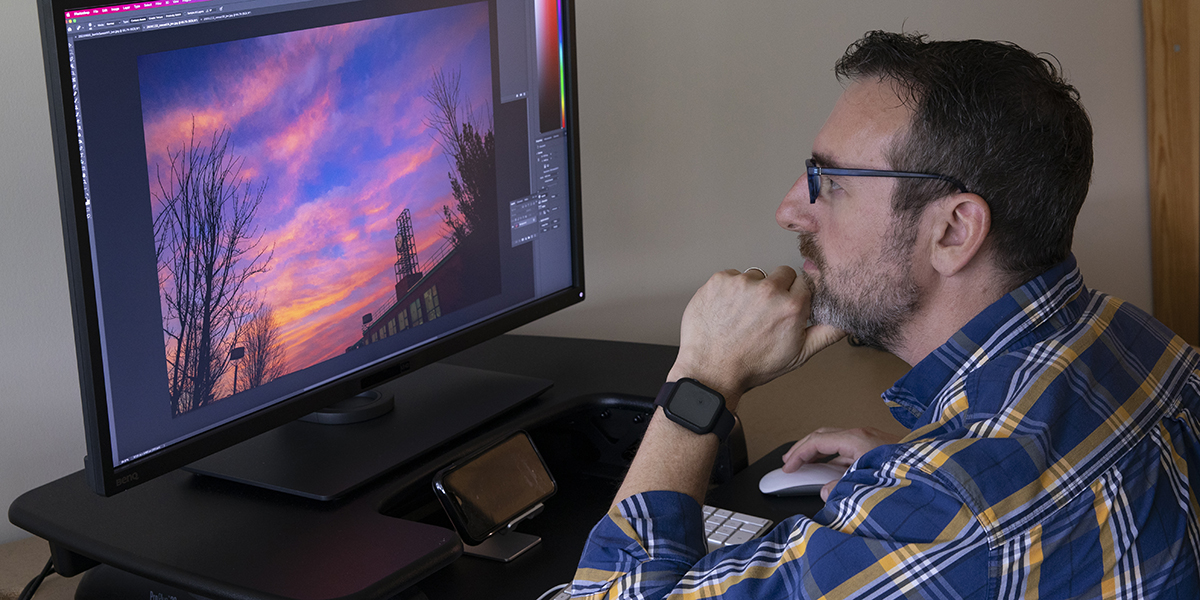New system launched to preserve 80,000 images documenting University’s history

As Binghamton University’s official campus photographer since 2005, Jonathan Cohen has captured important moments in Binghamton’s history. From a presidential visit, to the first day of classes, Cohen has been on hand to document what makes the Bearcat experience so memorable. The problem is, what does one do with over 80,000 images as the stacks of hard drives begin to take over?
To make sure these images last in perpetuity, Cohen worked with the Binghamton University Libraries to develop a process to transfer over 80,000 unique images to the Rosetta digital-preservation system. Rosetta is a scalable, flexible, standards-based and accessible digital preservation system used by national libraries and research institutions throughout the world.
“One of the missions of the Libraries is to collect, organize, preserve and provide access to unique materials created by the University community,” said Erin Rushton, head of Digital Initiatives and Resource Discovery at the Binghamton University Libraries. “The Libraries immediately recognized the historical and social value of this unique collection and wanted to find a way to ensure that the collection would be preserved.”
The photographs from Cohen; Evangelous Dousmanis ’03, University photographer from 1995 to 2005; part-time staff; freelance and intern photographers cover the period from 1988 to 2013. They capture the reaction of the campus community as it watched coverage of the Sept. 11 attacks in 2001, President Barack Obama’s visit in 2013, and Distinguished Professor M. Stanley Whittingham’s winning of the Nobel Prize in Chemistry in 2019.
Cohen appreciates the collaboration this project required across multiple departments including University Communications and Marketing, Binghamton University Libraries and others.
“I’m extremely thrilled that the library has taken on this incredible task and responsibility,” said Cohen. “These images tell an important story. If they’re preserved long after my tenure, we’ve done our job.
To make it happen, Jesse Russell, libraries systems specialist, developed a web interface that was pivotal to the project moving forward. The interface extracted metadata from each photograph and prepared the images to the format required by Rosetta. This allowed Rushton to easily upload hundreds of photographs a day into Rosetta. The Libraries’ online catalogue “Find It!” then harvests and publishes the records from Rosetta so the images are searchable via keywords.
In addition to the big events that take place at the University, Cohen takes as much pride in the “small moments of awesomeness” that he sees throughout campus every day. It could be a student organization making quilts for the homeless, seeing first-year students enjoying the first snowfall of the year, an athletic team reaching a historic mark or capturing a beautiful sunset over the Peace Quad.
Even more exciting, the Libraries anticipates that by early next year it will have photos in Rosetta up to the present day.
To view the collection, visit Find it!, and limit your search to local digital collections.

